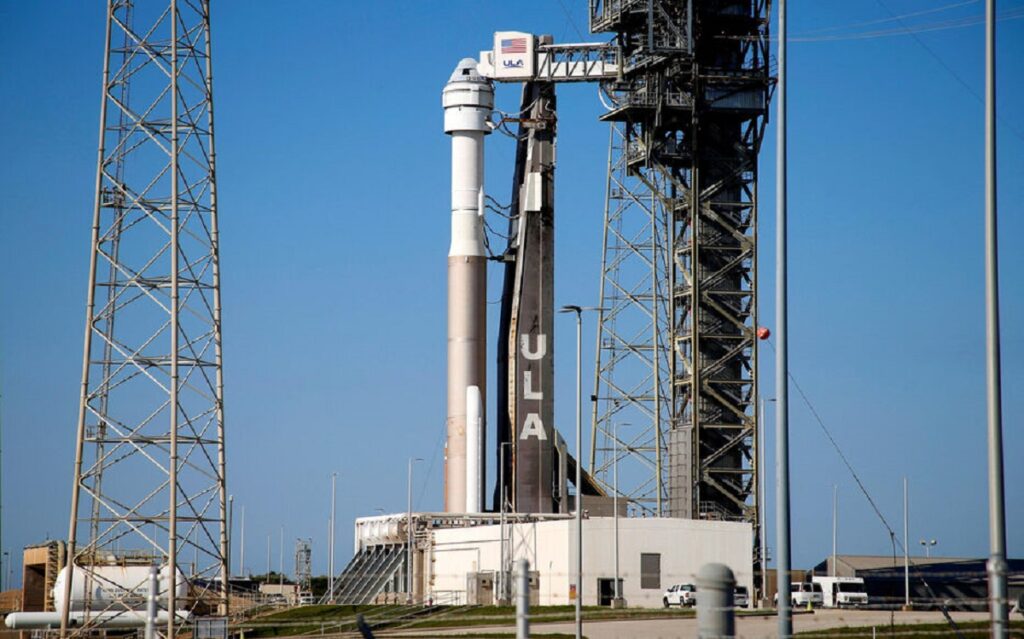The anticipation was palpable. The second attempt was supposed to be the charm, paving the way for a new era in space exploration. Yet, once again, Boeing’s Starliner spacecraft faced disappointment, unable to launch on June 1st from Cape Canaveral, Florida. Just 3 minutes and 50 seconds before liftoff, an automatic emergency procedure aborted the mission.
A Close Call for Astronauts
Astronauts Butch Wilmore and Suni Williams, both seasoned veterans of NASA, had to evacuate the Starliner capsule, named Calypso in honor of Jacques Cousteau’s famous oceanographic vessel. The Atlas V rocket, developed by United Launch Alliance (ULA), was held back by its central computer due to an unknown technical issue. The atmosphere in NASA’s control center and Boeing’s headquarters was thick with frustration after yet another setback.
A Decade of Challenges
A decade ago, the U.S. government commissioned Boeing and SpaceX to develop new spacecraft to ferry astronauts to the International Space Station (ISS), aiming to end reliance on Russian Soyuz vehicles. Boeing received a $4.2 billion contract, while SpaceX was awarded $2.6 billion. Although SpaceX has been successfully serving as NASA’s space taxi for four years, Boeing’s journey has been fraught with delays and technical issues.
In 2019, Starliner’s first uncrewed test flight failed to reach the correct orbit, forcing an early return. A subsequent attempt in 2021 was thwarted by stuck valves on the capsule. Finally, in May 2022, an uncrewed Starliner managed to dock with the ISS, building some confidence in the system. However, it took two more years before a crewed flight was considered viable.
High Hopes from the ISS Crew
The ISS crew had high hopes for the Starliner’s arrival. The spacecraft was carrying vital equipment, including a last-minute addition to repair the station’s urine recycling system. This system, crucial for converting urine back into drinkable water, had suffered a pump failure earlier in the week. For now, the astronauts have to store urine onboard until the repair equipment arrives.
Moving Forward Amid Setbacks
Every setback with the Starliner program has been a significant blow, not just to Boeing but to NASA’s ambitions as well. The partnership with Boeing was expected to enhance the agency’s capabilities and independence in space travel. However, each delay underscores the complexities and risks involved in space exploration.
For many at NASA and Boeing, the hope is that future launches will overcome these technical hurdles. The astronauts and engineers remain committed, driven by the potential of what successful Starliner missions could mean for space travel. They envision a future where delays and failures are merely stepping stones to greater achievements.
The Road Ahead
As the Starliner team addresses the latest issues, they continue to learn and adapt, reinforcing the resilience necessary for space exploration. This journey is a testament to human ingenuity and the relentless pursuit of progress. Despite the recent failure, there is optimism that Starliner will eventually fulfill its promise, contributing to the ongoing exploration of our universe.
The story of Starliner is far from over. Each attempt, whether a success or a failure, adds a chapter to the narrative of human spaceflight. And while setbacks are disheartening, they also remind us of the extraordinary challenges that come with venturing beyond our planet.

